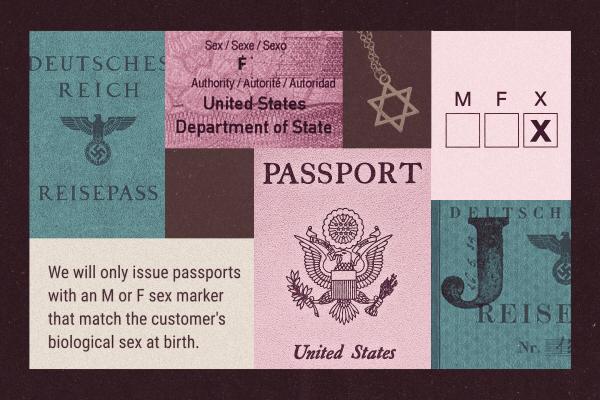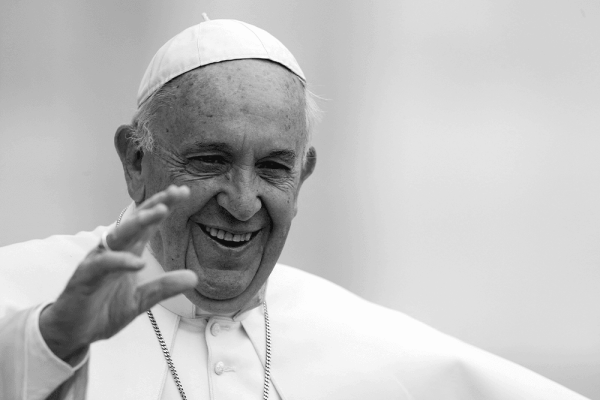As white Christian nationalism continues to gain popularity in the U.S., Christians focused on racial justice are asking how to create a society and church that is more diverse. For a long time, people thought the answer to creating a more diverse church revolved around an emphasis on multiculturalism or racial reconciliation. But evidence shows that the multicultural church movement has largely failed to bridge the racial divide.
Author and public theologian Amar D. Peterman has pointed out that Christian appeals to racial diversity “falsely equate minority representation or ‘raising awareness’ with signs of social progress, even though there is no structural change.”
If Christian efforts to diversify their churches have largely failed, where does that leave us? How should Christians push their communities toward a diversity that goes beyond lip service?
Part of the problem is the way churches are diversifying. According to a 2020 study conducted by researchers at Duke, Baylor University, and the University of Chicago, 76 percent of multiracial congregations in the U.S. are still pastored by white ministers, and the path to diversity has been largely a “one way street,” with Black people joining white churches and not the other way around.
An oft-quoted verse from the Bible is Galatians 3:28: “There is no longer Jew or Greek; there is no longer slave or free; there is no longer male and female, for all of you are one in Christ Jesus.” People usually interpret this as Paul saying that the only identity that matters when you become a Christian is your Christian identity. But Christian communities don’t exist in a vacuum. They’re still subject to the cultural forces of the world around them. In the U.S., the history of race and discrimination in this country can’t be ignored when it comes to having people of different ethnic backgrounds gathered together.
As sociologist Korie L. Edwards wrote in her 2008 book, An Elusive Dream: The Power of Race in Interracial Churches, sociologist Korie L. Edwards explains that, because racial dynamics in the U.S prioritize whiteness interracial churches are unlikely to reflect the organizational or cultural preferences of white people and racial minorities in equal measure. Rather, Edwards argues that “interracial churches work, that is remain racially integrated, to the extent that they are first comfortable places for whites to attend.”
That’s been my experience growing up in the church. As an adult, I’ve been in many so-called “diverse communities” where there is a lot of racial diversity, but culturally and experientially, it felt very similar to the predominately white church I grew up attending for Sunday school. From the way we worshiped to the food we ate together afterward, these interracial churches seemed to only work because they were comfortable places for white people. In these integrated congregations, white people would often say to me, an Asian American, that they felt so grateful to have so many different experiences and viewpoints reflected in the congregation (“We’re learning so much from different communities”). But those viewpoints were never reflected on the leadership team.
Can you really say your church reflects different traditions and communities if it’s still a 90-minute service where people sing Hillsong-style songs in English and then a pastor comes up and gives a three-point sermon for approximately 30-45 minutes while people sit silently and listen?
“If we are going to think about making ‘diversity’ a priority or emphasis in a church community,” Peterman told me in a September email, “then that community must reckon with what it would mean to have different languages, cultures, values, ideas, etc. present in their community. Often that means that cultural/structural changes need to happen.”
Often, our imagination of what a diverse church could be is constrained by the world around us. The way corporate America or higher education talk about diversity infiltrates our churches. But the church is not fundamentally a faceless bureaucracy with a bottom line. It’s a worldwide community with unique leadership structures, cultural norms, and practices. Americans need to realize that the way we think about race, worship, God, and even the word “diversity” is not the norm everywhere else.
Although we’re called to a global community as God’s people, the way that some churches emphasize diversity might not focus on racial diversity.
There are some worship communities that act as refuges for minority groups. For example, my parents’ church is a Mandarin speaking church started by first-generation immigrants and their children and acts as a safe harbor for many in this community. “For minority communities, those ‘exclusive’ spaces are often a refuge where we can escape the dominant culture and white normativity,” wrote Peterman. But even still, I think that these communities can embrace a kind of diversity, but it will require looking at diversity from a broader perspective.
Maybe the reason that churches often fail to create more diverse worship communities is because they only look at diversity through the prism of racial identity. When thinking about how to create a diverse church, we should be thinking about how to include people from different socioeconomic backgrounds, fat people, queer people, and people with disabilities. Not only should we be thinking about how to include them, but we should be actively figuring out ways to ensure that they have agency and power within our worship communities.
Got something to say about what you're reading? We value your feedback!







